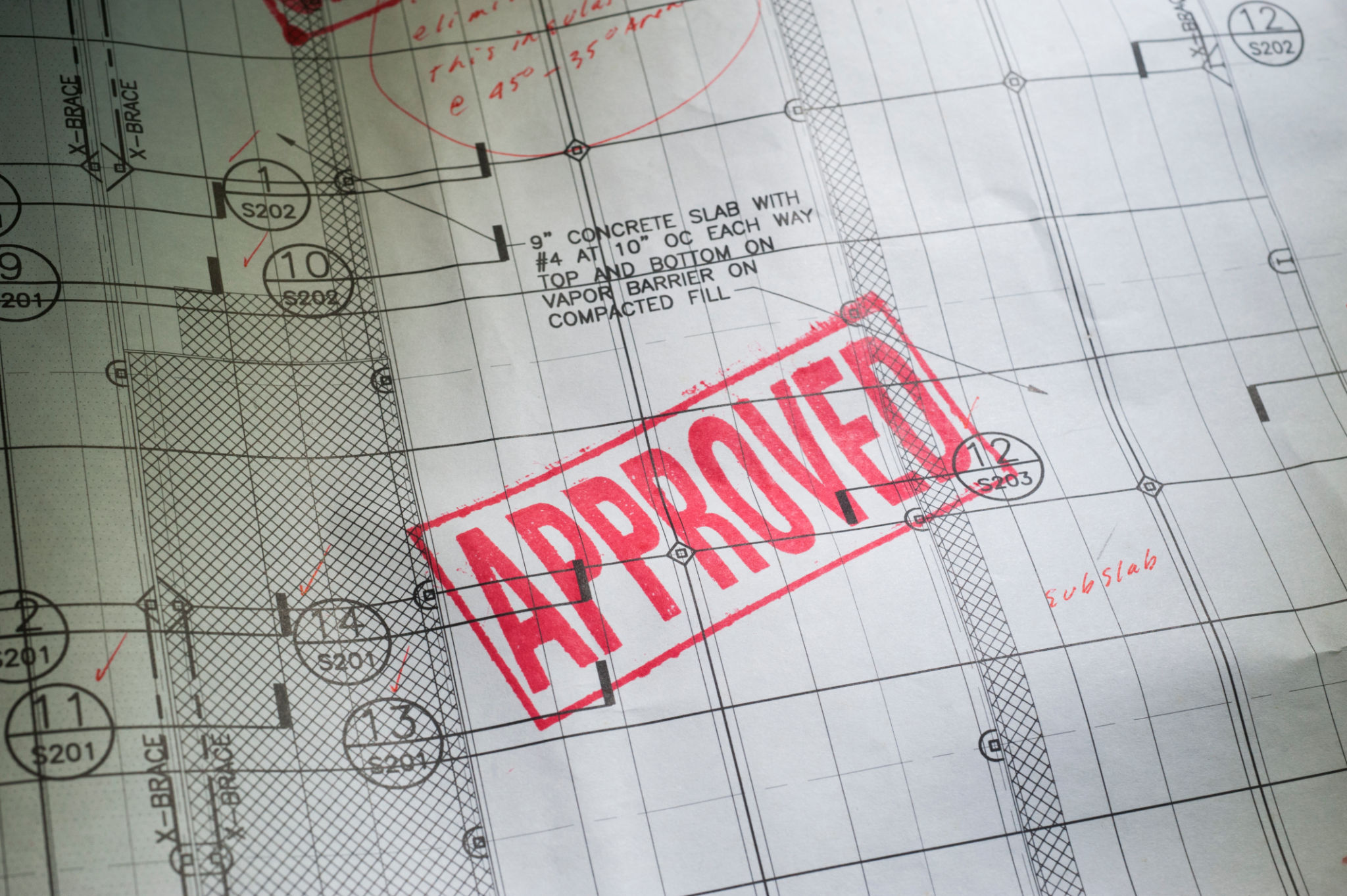Understanding Ghana's Construction Regulations: A Comprehensive Guide
Introduction to Ghana's Construction Regulations
Ghana is experiencing rapid urbanization and economic growth, necessitating a robust framework for construction regulations. Understanding these regulations is crucial for developers, contractors, and stakeholders involved in the construction industry. This guide provides a comprehensive overview of the essential aspects of Ghana's construction regulations.

The Legal Framework
The legal framework governing construction in Ghana primarily consists of the Building Code, the Local Government Act, and the Town and Country Planning Ordinance. These laws set the standards for building design, construction, and maintenance to ensure safety, sustainability, and functionality. Adherence to these regulations is mandatory for all construction projects in Ghana.
Moreover, the Ghana Building Code, introduced in 2018, serves as a benchmark for construction practices. This code aligns with international standards and addresses issues like structural integrity, fire safety, and environmental impact. It is essential for all stakeholders to familiarize themselves with this comprehensive code.
Permits and Approvals
Obtaining the necessary permits and approvals is a critical step in the construction process. The process begins with securing a building permit from the relevant local authority. This involves submitting detailed architectural and engineering plans that comply with regulatory standards. The permit ensures that the proposed structure meets safety and zoning requirements.

In addition to building permits, developers may need environmental permits from the Environmental Protection Agency (EPA) if their projects impact the environment significantly. This requirement underscores Ghana's commitment to sustainable development.
Role of Local Authorities
Local authorities play a significant role in enforcing construction regulations. They are responsible for inspecting ongoing projects to ensure compliance with approved plans and safety standards. Regular inspections help identify potential hazards early, allowing for corrective measures to be implemented promptly.
Furthermore, local authorities facilitate community involvement in the planning process. Public consultations ensure that developments align with community needs and expectations, promoting harmonious urban growth.

Challenges and Opportunities
While Ghana's construction regulations are comprehensive, challenges remain in their enforcement. Inadequate resources and manpower can hinder effective monitoring and compliance. However, these challenges present opportunities for innovation and improvement within the sector.
Technological advancements, such as digital permitting systems and remote monitoring tools, can enhance efficiency in regulatory processes. Investing in capacity building for regulatory bodies will also strengthen enforcement mechanisms.
Conclusion
Understanding Ghana's construction regulations is vital for anyone involved in the construction industry. By adhering to these regulations, stakeholders can contribute to safe, sustainable, and resilient infrastructure development across the country. As Ghana continues to grow, staying updated with regulatory changes will ensure that construction practices evolve alongside national development goals.
